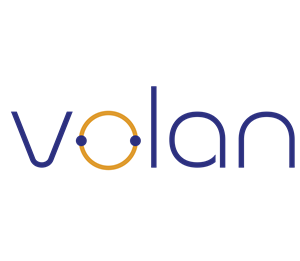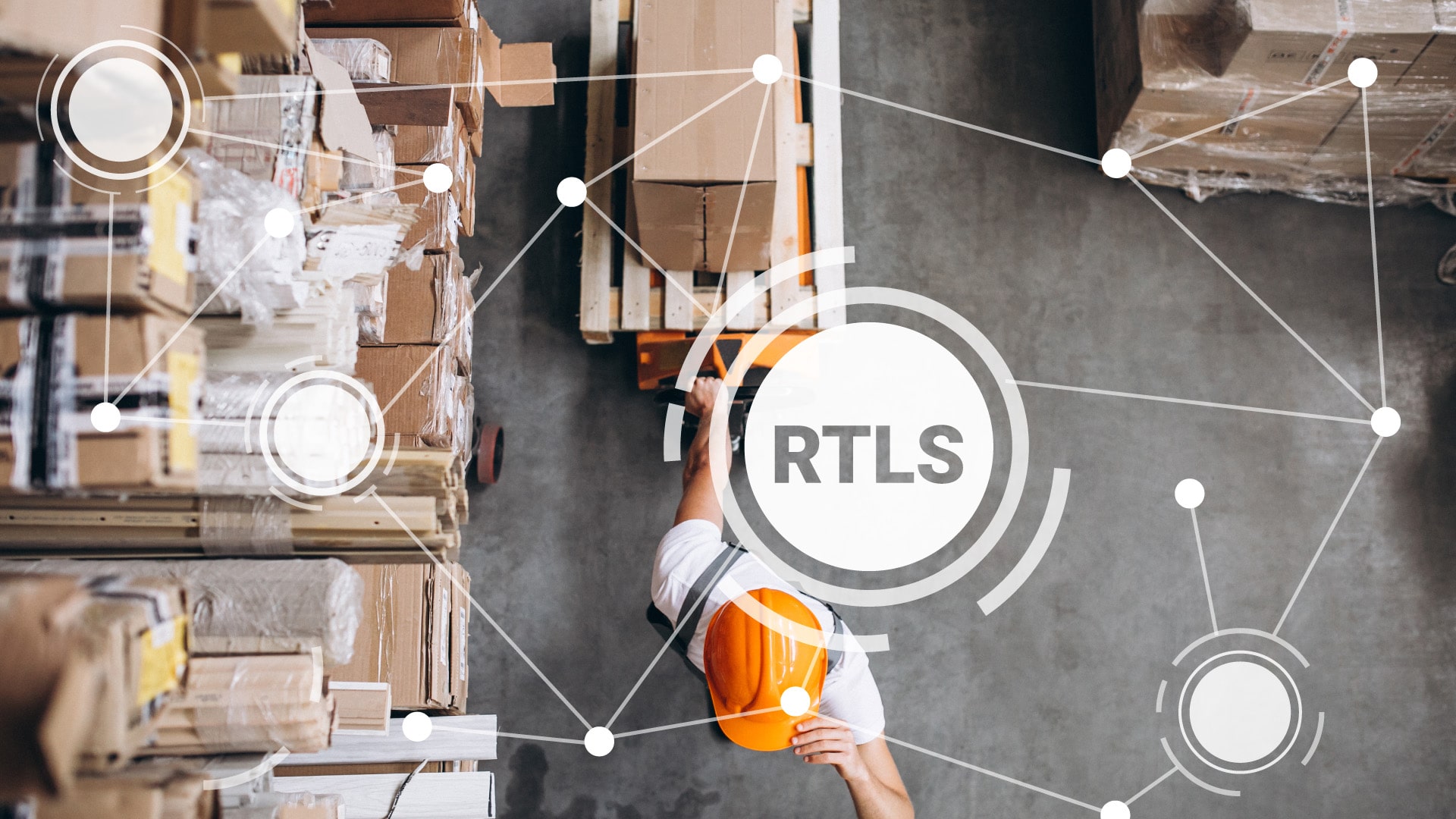What Is RTLS? Real-Time Location System
What is RTLS?
RTLS is an acronym for real-time location system, which identifies the current location of assets or people. RTLS doesn’t necessarily refer to a specific technology, but rather it is a solution that may be achieved through various technologies. RTLS can accurately locate and manage assets, inventory, or even people and help companies to make informed decisions based on collected location data.
RTLS is used across numerous industries with numerous operational applications:
- Emergency Response
- Workforce Optimization
- Rostering and Attendance
- Site Security
- Contact Tracing
How does RTLS work?
There are several different technologies used to enable RTLS solutions. It is important to select the right technology to best fit the application.
Passive RFID
RFID readers send out signals to RFID sensors placed on assets. The RFID sensors return a signal to the reader, communicating that its location is in range of a reader. The sensors are powered by electromagnetic energy from the reader and do not contain a battery, making them one of the most inexpensive options. However, the readers are expensive and limited to a signal range of 15 feet. The accuracy of passive RFID is limited by the number of readers because the only location information received is which reader the sensor is nearest to. Additionally, there may be confusion if two readers try to read the same sensor.
WiFi
WiFi sensors are placed on assets or people to communicate with WiFi access points. The access points use WiFi signals to calculate the distance of the sensor. WiFi has the benefit of leveraging the business’s existing WiFi infrastructure, but this results in increased WiFi traffic, power consumption, as well as a hands-on IT team to configure the existing WiFi for the RTLS. The primary drawback of a WiFi-based RTLS solution is that the system is expensive and has a significant impact on the business’s existing network. If the RTLS needs service, the WiFi system will need to be shut down. Conversely, if the WiFi system experiences downtime due to maintenance or emergency, the RTLS solution will not function.
Bluetooth Low Energy (BLE)
Bluetooth sensors listen for Bluetooth signals from Bluetooth relays mounted in fixed locations and assigned specific coordinates to create geofences—virtual maps of various areas that users aim to gather location insights. When a Bluetooth sensor enters a geofenced area it communicates its location to the relays, which forwards the data to a Gateway. The BLE Gateway records that data and sends it to a host computer or cloud database to provide business intelligence around the data. Bluetooth sensors and relays provide room-level accuracy at an affordable price, as the number of relays needed can be scaled to fit your use case’s specific needs.
Ultra-wideband (UWB)
UWB is a wireless technology that allows rapid data transmission at wide bandwidths. Low-powered sensors transmit an ultra wide-band signal to signal receivers that then forward them to the location server for calculating tag positions. UWB is the most precise technology available, capable of calculating location within a few centimeters. Ultra-wideband is not in widespread use because it is the most expensive system on this list and may require additional cabling.
Global Navigation Satellite System (GNSS/GPS)
Global Navigation Satellite System provides coverage over a wide area through the use of satellites. Satellites send radio waves to sensors with orbit location and time stamps. The critical drawback of this technology is that GNSS cannot operate independently of other technology. Data received from satellites must be sent to a host computer or cloud database using a secondary technology, such as WiFi. The host computer or cloud database computes the sensor’s global coordinates using the orbit location and time stamps sent from satellites. Additionally, GNSS technology is only reliable in outdoor applications as satellite signals are blocked by buildings and trees.
What to look for in an RTLS
Accuracy
- Trilateration: Technologies can provide higher levels of accuracy of where people or assets are located if more than one receiver can capture the sensor signal. Trilateration calculates positions within the known coordinates of fixed points (relays) and either using their fixed locations, or other reported indicators, to narrow down the location of sensors.
- Signal Bleed: Some technologies such as WiFi, GPS, and Bluetooth are subject to signal bleed, which is the reduction in accuracy when signals travel through physical objects. The best RTLS uses a high number of receivers instead of a single proximity receiver to trilaterate data, eliminating signal bleed.
Reliability
- Self Healing: The network continues to operate when a device breaks down or when a connection becomes unreliable. There are several paths between a source and a destination in the network, guaranteeing data is always flowing.
- Standardization: Solutions like Volan standardize the collection of signal data by providing all hardware, eliminating the need for users to grant access to personal devices.
- Backup Power: Not all technologies are built equal to respond to power outages and emergencies. Only Bluetooth RTLS are capable of operating independently in the event of a power outage.
Intelligence
- Real-time Analytics: Take action in an instant with safety alerts and live site visualization. A real-time analytics engine with cloud access allows you to track business-critical data even when away from your site.
- Historical Analytics: Transform the movement of people into actionable reports to predict future resource needs. Heat maps and micro-movement trend analysis optimize travel patterns as well as zone access and production cycle insights.
- Scalable and Adaptable: As business needs evolve your RTLS solution needs to support multiple use cases. The best solutions are simple to scale and add new sensors as your business grows.
Privacy
- Network Independence: Technologies that rely on local networks run a high risk of being breached. Independent, private networks that do not transmit personally identifiable information (PII) are structured to best protect your people.
- Industry Standard Security: Look for industry standard cryptography, such as AES-256, the first and only publicly accessible cipher approved by the US National Security Agency.
Volan Technology is a multi-functional enterprise RTLS technology built for Industry 4.0. Our technology helps organizations protect their employees, optimize processes, and save money through cutting-edge data analytics. Book a demo to see what makes our RTLS different than the rest.



